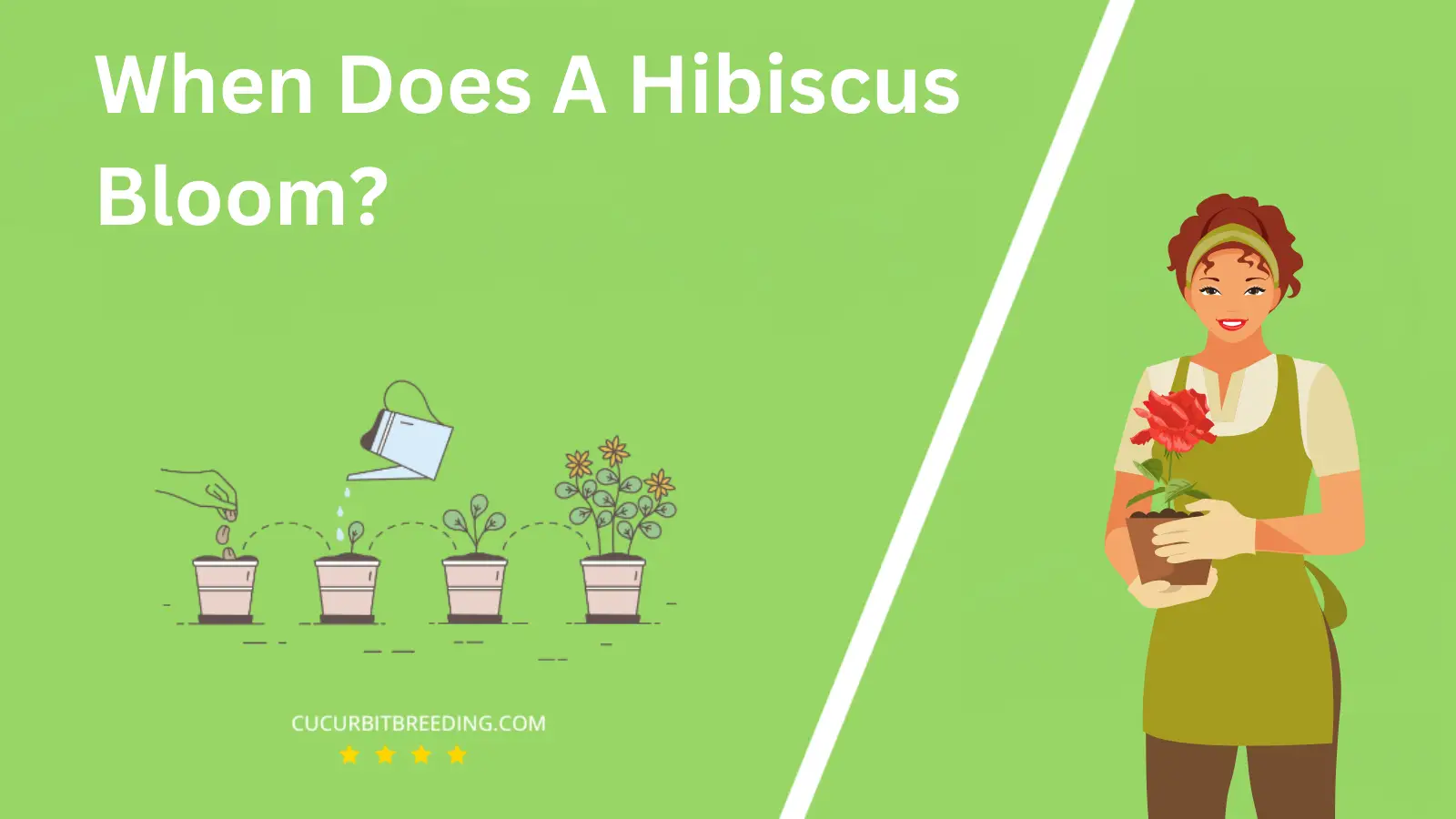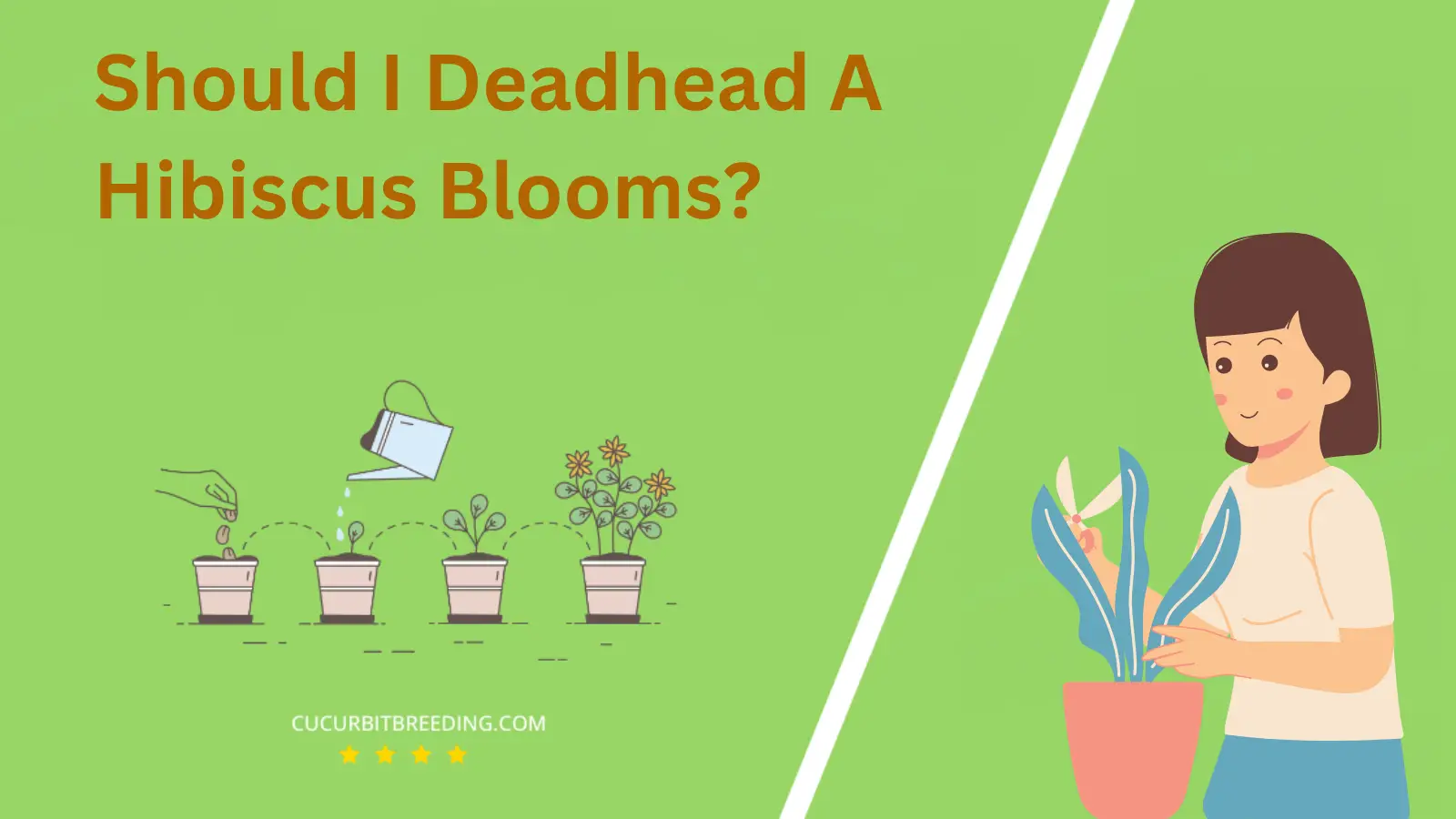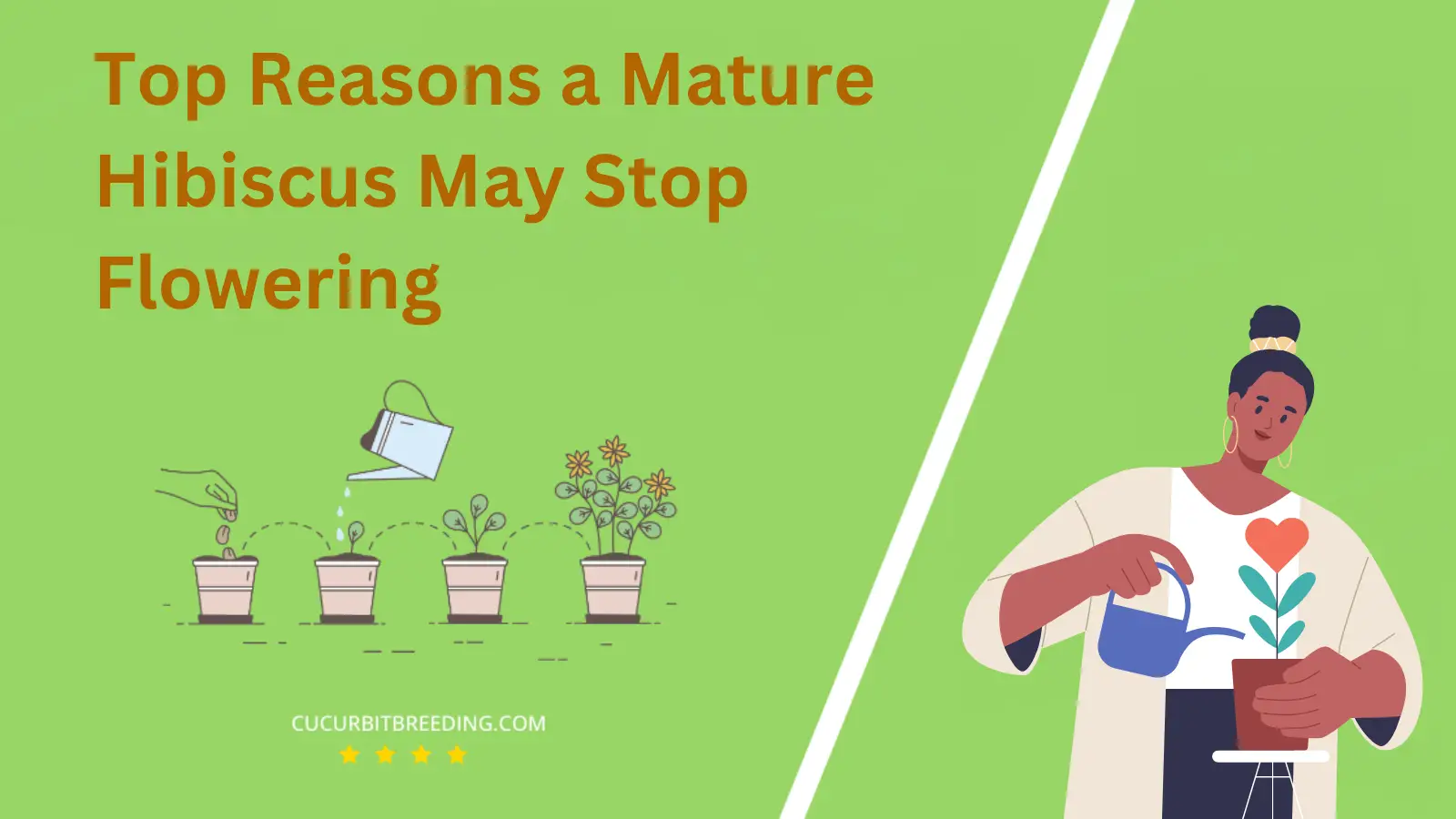
Ever wondered, when does a hibiscus bloom? This intriguing question has caught the interest of many gardening enthusiasts. Hibiscus, with its vibrant, trumpet-like flowers, is a captivating addition to any garden.
But understanding its blooming cycle requires a deep dive into the plant’s lifestyle, its preferred climate and other important growing conditions. Let’s unravel this floral enigma together.
When Does A Hibiscus Bloom?
A hibiscus typically blooms during the warm summer months, from late spring through early fall. The flowering period can be extended in tropical climates where it stays warm year-round. However, the exact blooming time may vary based on the specific hibiscus species and growing conditions.
| Stage | Description |
|---|---|
| Germination | Spring (March-June) or Summer (June-August) |
| Growth | (Spring) March to June |
| Blooming | Summer (June-August) |
| Dormancy | Winter (December-February) |
How Long Do A Hibiscus Bloom?
The length of a hibiscus bloom largely depends on the specific type of hibiscus and the conditions in which it is grown. However, generally, a hibiscus flower will bloom for a period of one to two days. After blooming, new flowers often replace the old ones quickly, providing color and beauty to your garden throughout the blooming season.
How Light Affects A Hibiscus Blooms?
Light significantly impacts hibiscus blooms. Hibiscus plants require ample sunlight for optimal growth and blooming. Ideally, they should receive at least six hours of direct sunlight each day. Without sufficient light, the plant may produce fewer flowers or none at all. Additionally, the quality of the blooms may suffer, resulting in smaller, less vibrant flowers. Therefore, the placement of a hibiscus plant should ensure it gets enough sunlight to support its blooming process.
Will a Hibiscus Bloom in the First Year You Plant It?
Yes, a hibiscus will bloom in the first year you plant it, given the right conditions. Hibiscus plants are known to bloom from late spring to early fall, producing numerous flowers during this period. However, it’s crucial to provide the plant with proper care, including enough sunlight, water, and suitable soil, to ensure successful blooming.
Will A Hibiscus Bloom Every Year?
Yes, a hibiscus will bloom every year. Hibiscus plants are perennial, meaning they live for more than two years. They typically bloom from late spring through early fall, producing flowers continually throughout this period. However, their blooming cycle can depend on factors such as climate, sunlight, and proper care.

Should I Deadhead A Hibiscus Blooms?
Yes, you should deadhead Hibiscus blooms. Deadheading, or the process of removing faded blooms, helps promote further blooming by directing the plant’s energy towards creating new flowers. It also helps maintain the plant’s overall appearance, making it look cleaner and more appealing.
Top Reasons a Mature Hibiscus May Stop Flowering

A mature hibiscus may stop flowering due to various reasons. Insufficient sunlight is a common cause, as hibiscus plants require full sun to bloom optimally.
Another significant issue can be improper watering. Both overwatering and underwatering can lead to stress in the plant, affecting its flowering ability.
Moreover, inadequate nutrients, especially a lack of phosphorus, can hinder flower production. Hibiscus plants need well-balanced fertilizer to thrive and produce flowers.
Pest infestation or diseases may also cause a hibiscus to stop blooming. Common pests like aphids and spider mites can damage the plant and hinder its growth.
Lastly, improper pruning can impact a hibiscus’s ability to flower. Pruning at the wrong time or too aggressively can reduce the number of blooms.